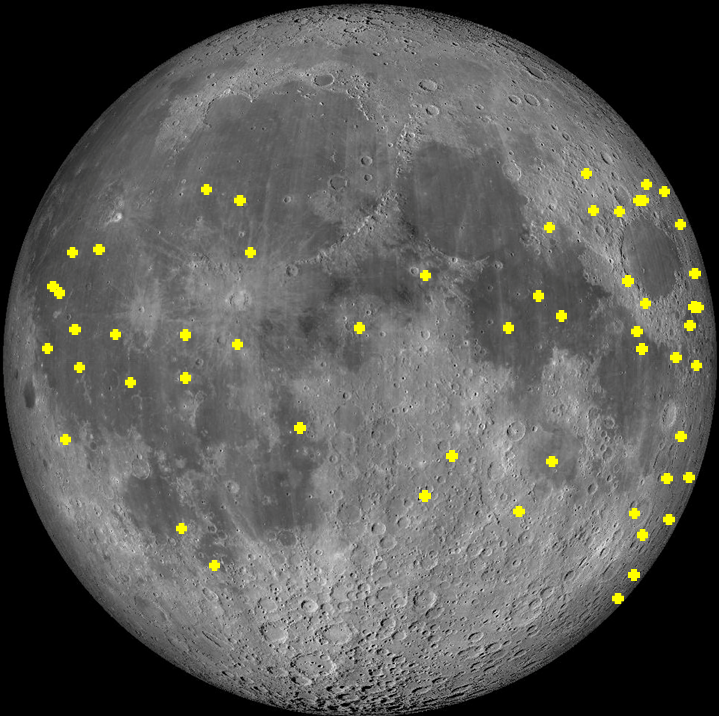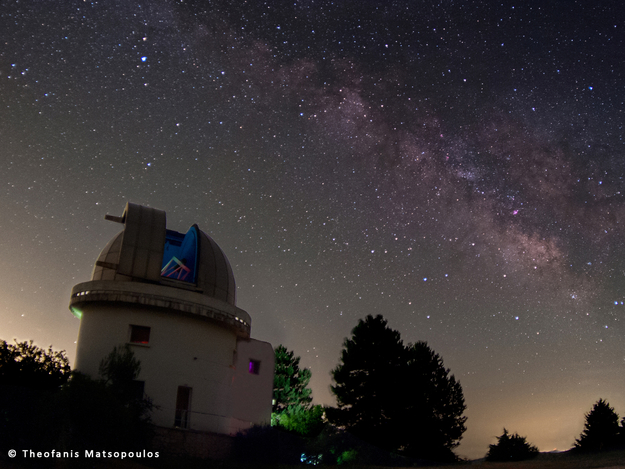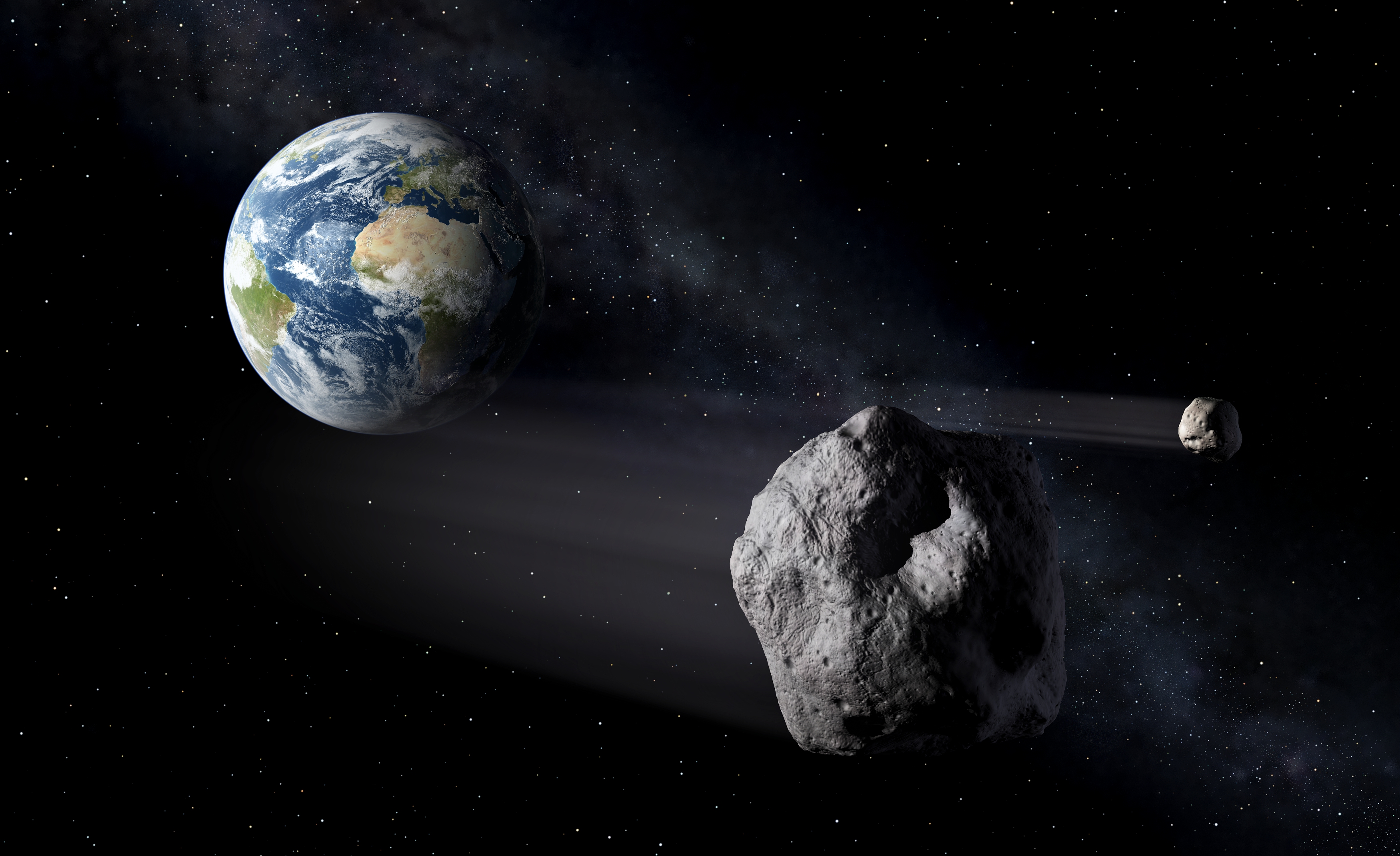The mystery of the lunar lights
22 January 2019
For thousands of years there have been reports of people seeing bright flashes on the Moon. What could they be? Strange lights in Earth’s atmosphere? Evidence of alien visitors? Or were all those people mistaken? An ESA project called NELIOTA has been watching out for these flashes, and its findings are fascinating!
NELIOTA stands for Near-Earth Object Lunar Impacts and Optical TrAnsients. It uses a large telescope run by the National Observatory of Athens, equipped with a special camera that takes lots of pictures very quickly. Using this equipment, NELIOTA scientists have been watching the Moon and recording data. They have spotted lots of these strange Moon flashes – one every few hours, on average! So, what are they?
There are lots of tiny pieces of rock and other material in space, and sometimes they crash into a planet or moon. When this happens on Earth, they often burn up in our atmosphere, creating what we call a meteor (sometimes nicknamed “shooting stars”). However, our Moon has no atmosphere, so when tiny rocks crash into it, they smash into the surface and create a brief flash!

This map shows the locations of all the flashes spotted by NELIOTA so far. Copyright: NELIOTA project.
The powerful NELIOTA telescope and camera have revealed that the flashes are quite common, although only the very brightest can be seen with the naked eye alone. Still, it is difficult to record them, because the impacts need to occur on parts of the Moon that are not currently illuminated by the Sun. Otherwise, the surrounding lunar rocks are so bright that they mask the flash. ESA scientists have recorded 55 flashes so far, but predict that they are actually just seeing a small number of the grand total, which is likely to be around eight flashes every hour!

The Kryoneri Observatory in Greece is used by NELIOTA project astronomers to search for the strange lunar lights. Copyright: Theofanis Matsopoulos.
This research is important for a number of reasons. First, it helps us to learn more about the Moon, and why its cratered surface looks the way it does. It also allows us to gain a better understanding of how many near-Earth objects (NEOs) – things like tiny rocks in space, asteroids, and comets – there are in Earth’s cosmic neighbourhood. Larger NEOs could be dangerous to Earth if they were to crash into us, so the more information we have, the better we can prepare to protect ourselves. ESA takes this seriously, and is planning an ambitious mission called Hera that will test ways to move any asteroids on collision courses out of harm’s way.

This research could help us to protect Earth from rocks in space. Copyright: ESA - P.Carril.
The NELIOTA project was due to finish soon, but it has been so successful that an extension has been granted, and will now continue its experiment until January 2021!
Cool fact: NELIOTA’s uses the Kryoneri telescope, which is the largest telescope on Earth with the one task of monitoring the Moon.





